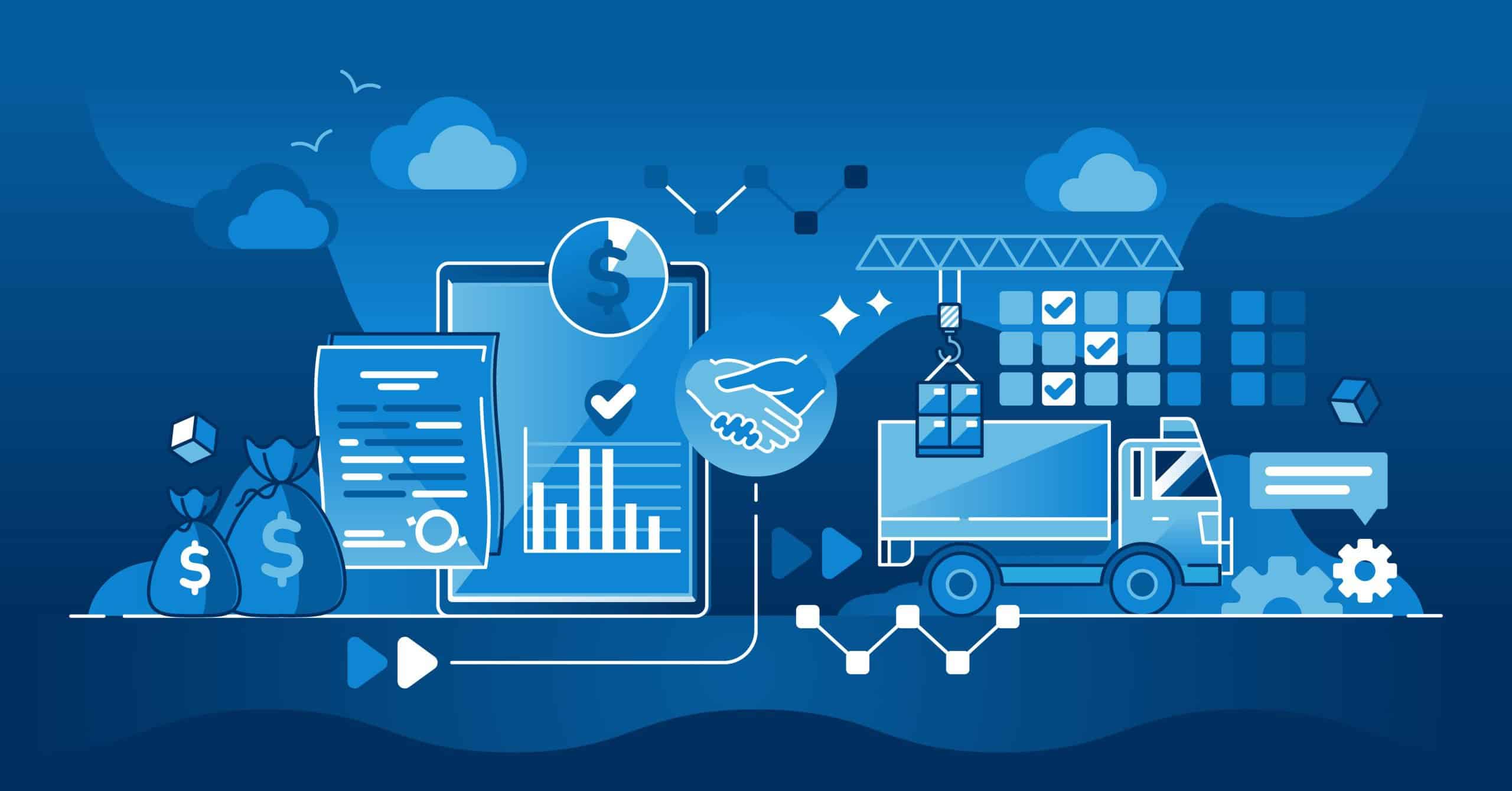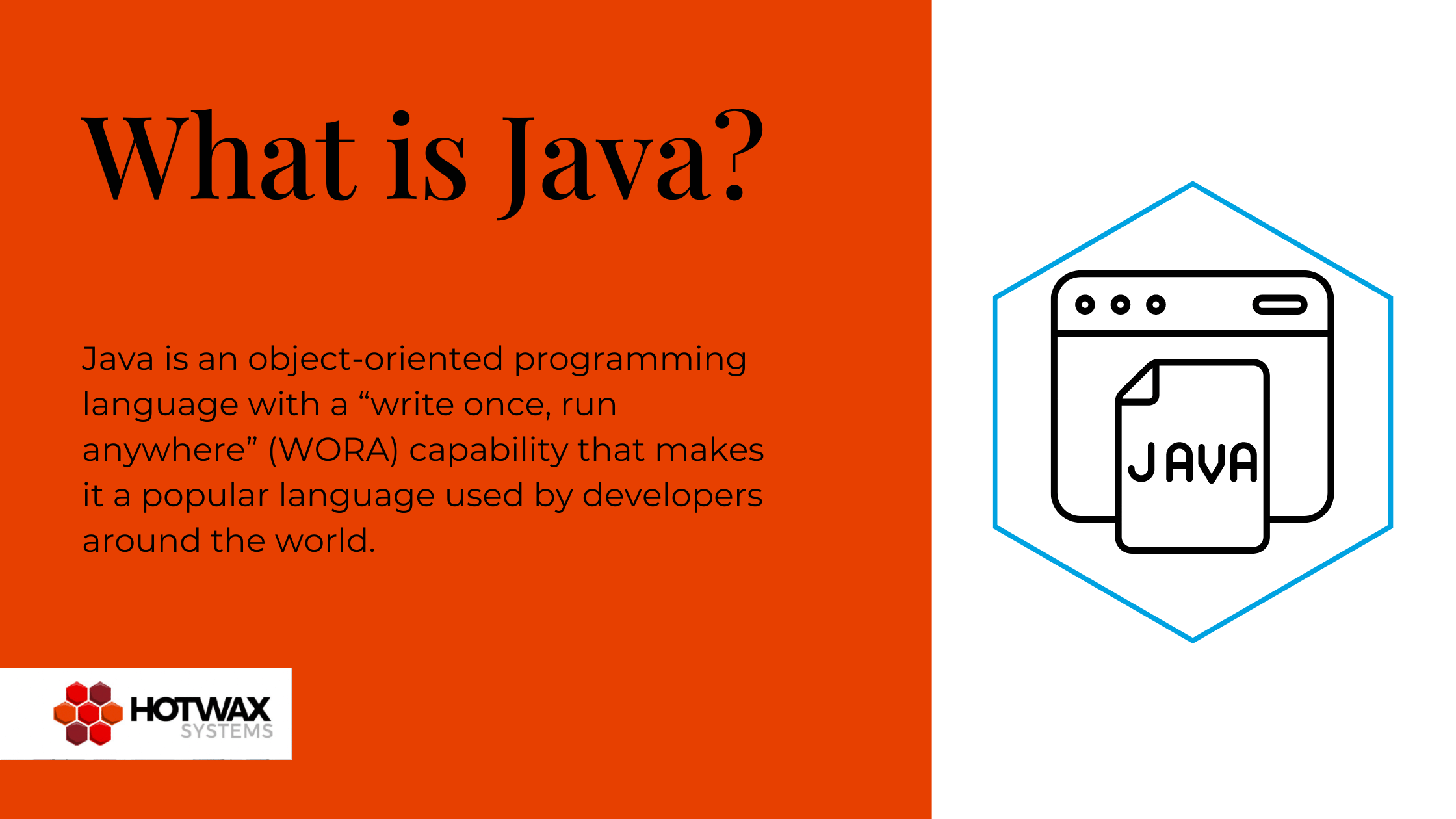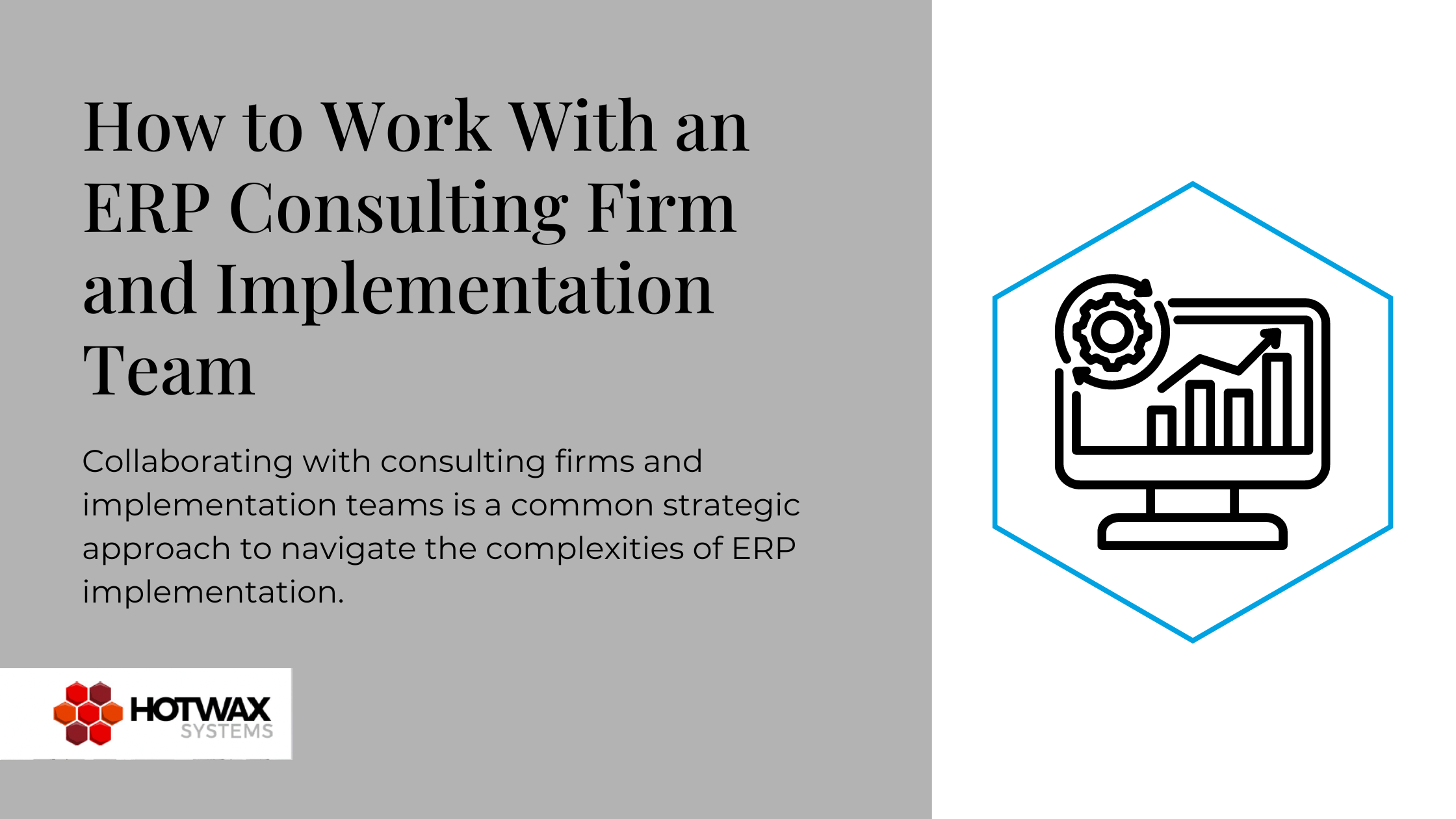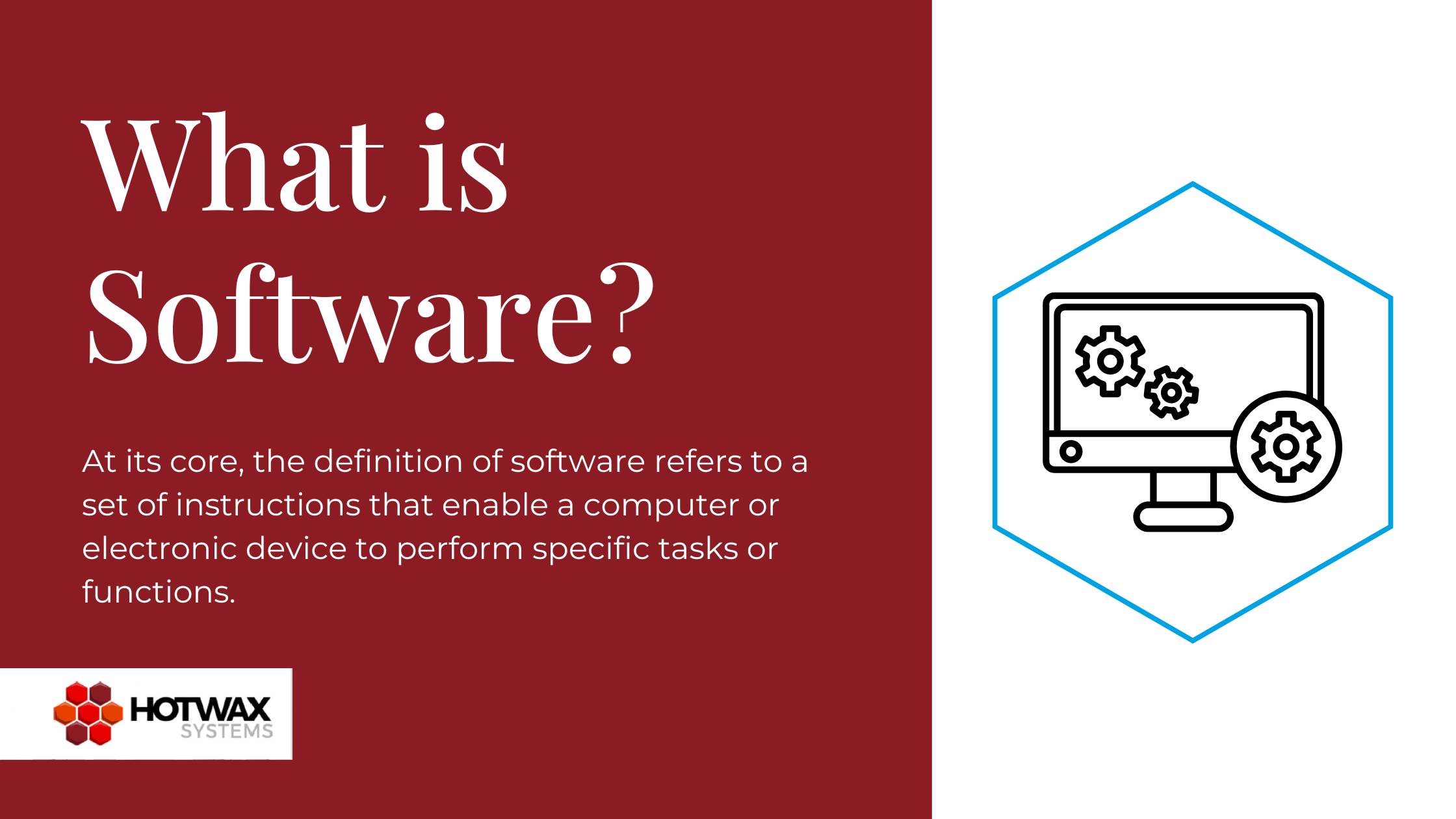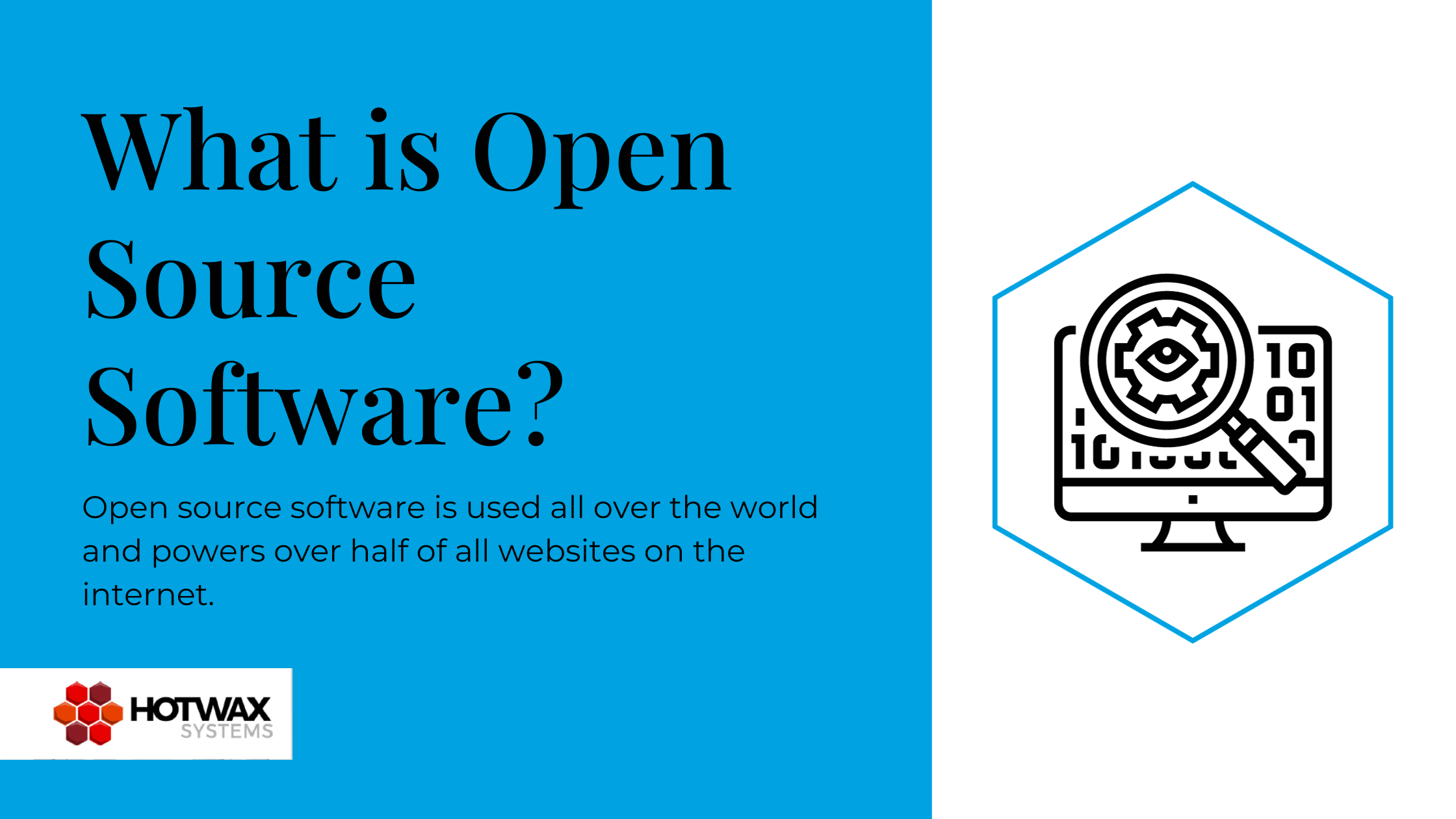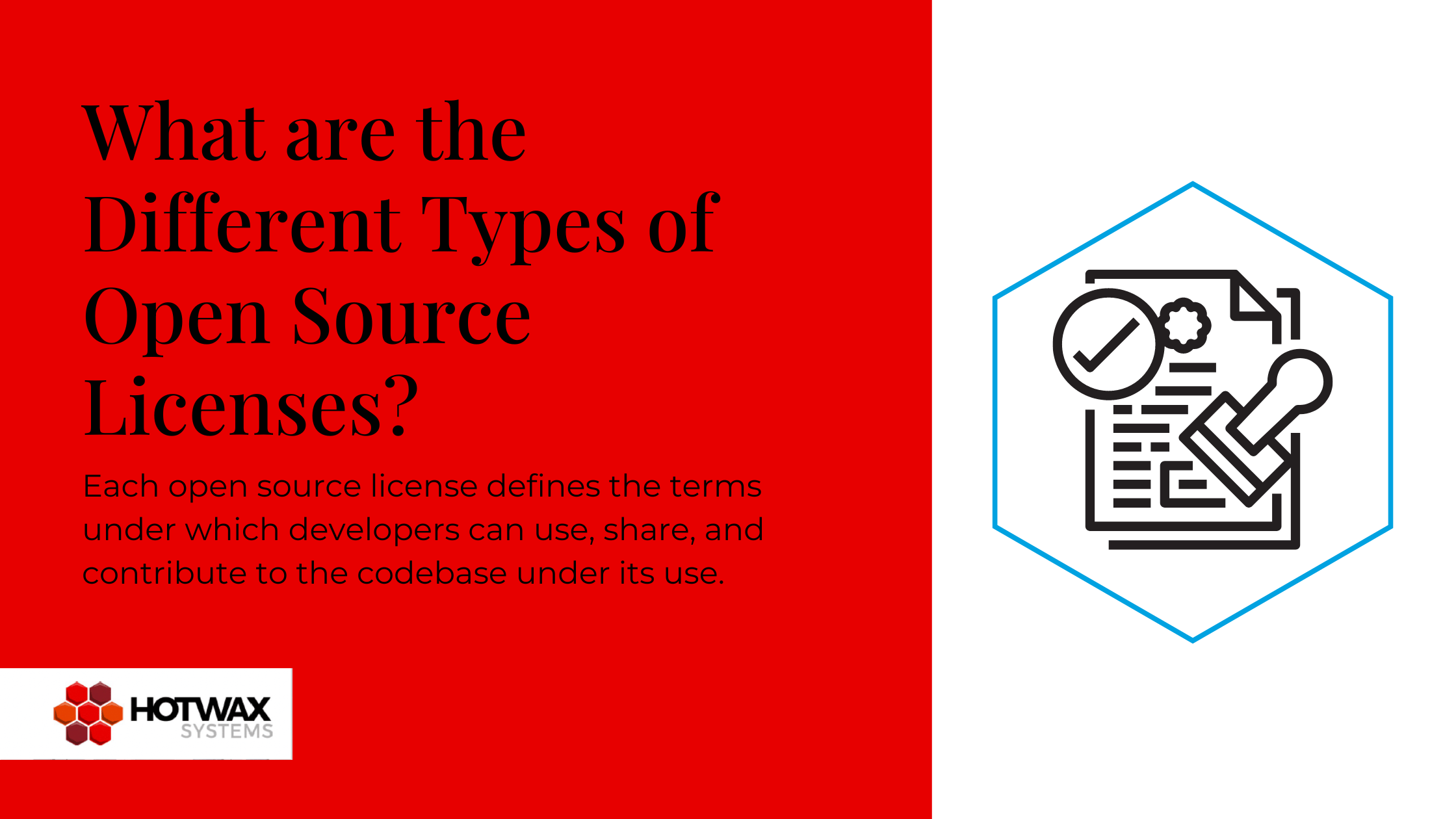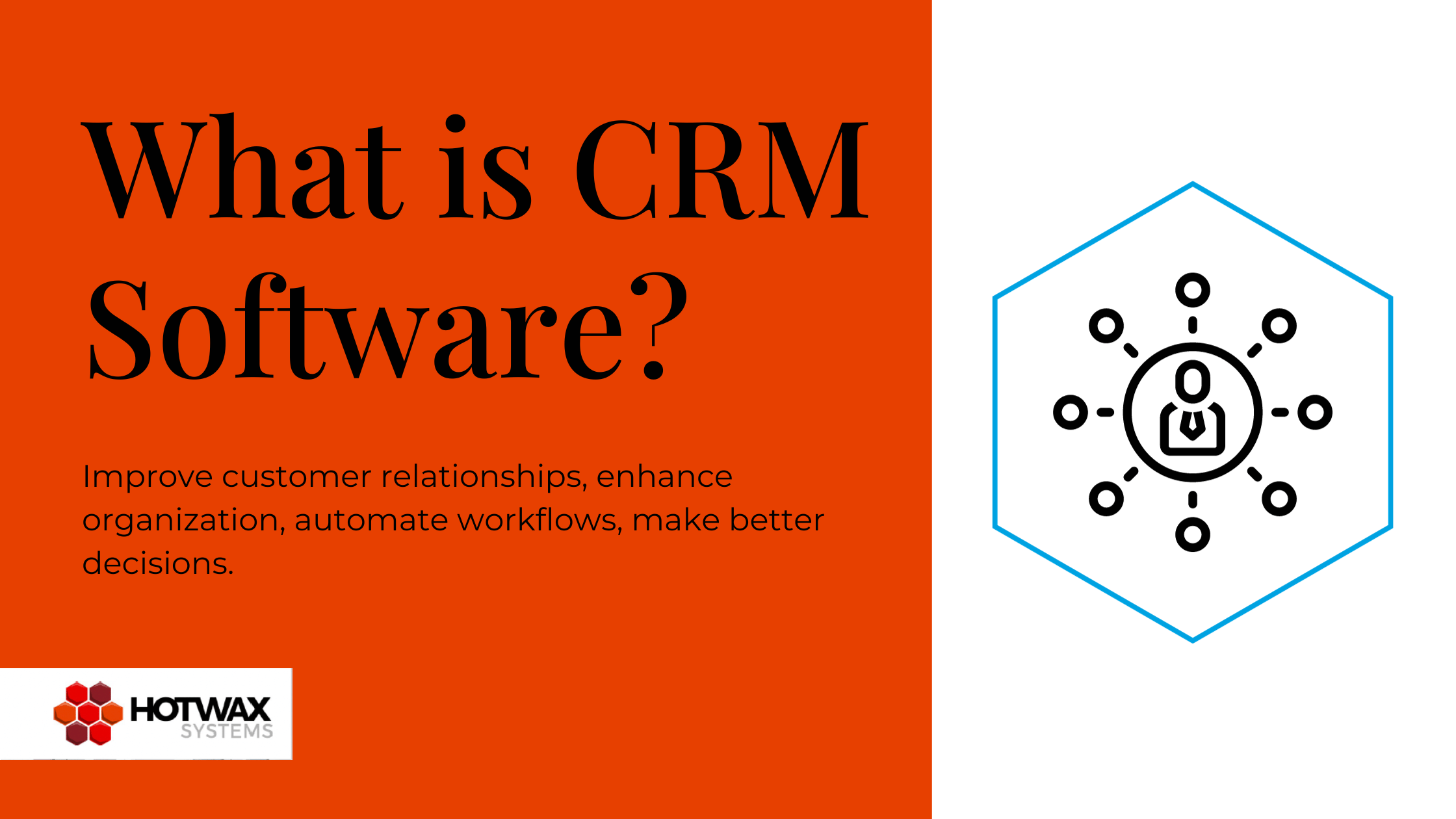What is procure to pay software?
Procure to pay (P2P) software is a suite of applications designed to automate and streamline the entire procurement process, from sourcing suppliers to processing payments.
It’s widely used by organizations of all sizes and across a variety of industries, from manufacturing to healthcare to government.
The procurement process is an essential aspect of any organization’s operations and involves a series of activities that includes identifying the need for goods or services, sourcing suppliers, negotiating contracts, issuing purchase orders, receiving goods, processing invoices, and making payments.
P2P software is designed to automate and optimize this process of activities, which reduces the time and resources required to manage procurement while improving accuracy and compliance.
The core functionality of P2P software typically includes modules for purchasing, receiving, invoicing, and payments.
The P2P modules:
Purchasing: The purchasing module allows users to create purchase orders, track order status, and manage supplier relationships. The module typically includes features such as supplier catalogs, request for quotes, purchase order templates, and approvals workflows.
Receiving: The receiving module allows users to receive goods from suppliers and record the receipt in the system. Users can also check the quality of the received goods and flag any issues. The module typically includes features such as receiving reports, quality inspections, and non-conformance management.
Invoicing: The invoicing module allows users to create and process supplier invoices. Invoices can be matched to purchase orders and goods receipts to ensure accurate payment processing. The module typically includes features such as invoice scanning, electronic invoicing, and invoice approval workflows.
Payments: The payments module allows users to process payments to suppliers. Payments can be made through various methods including checks, wire transfers, and electronic payments. The module typically includes features such as payment approval workflows, payment scheduling, and payment reconciliation.
In addition to these core modules, P2P software may also include features such as supplier management, contract management, spend analytics, and reporting.
Some procure to pay software providers (including us) also offer integration with other enterprise software solutions, such as customer relationship management (CRM) and supply chain management (SCM) software.
.png?width=700&height=526&name=P2P%20SOFTWARE%20(1).png)
Procure to pay software benefits
The benefits of using P2P software are numerous. Here are some of the key advantages:
- Increased efficiency: P2P software automates many of the manual tasks involved in procurement, such as data entry, document processing, and approval workflows. This reduces the time and resources required to manage procurement, which frees up staff to focus on more strategic activities.
- Cost savings: P2P software helps organizations reduce procurement costs by optimizing supplier relationships, negotiating better contracts, and reducing errors and redundancies.
- Improved compliance: P2P software helps organizations ensure compliance with procurement policies, regulations, and audit requirements. The software can track all procurement activities and provide detailed reports for auditing purposes.
- Better supplier relationships: P2P software helps organizations manage supplier relationships more effectively by providing a centralized platform for communication, collaboration, and performance tracking. This helps organizations identify high-performing suppliers and negotiate better contracts.
- Greater visibility: P2P software provides organizations with real-time visibility into their procurement processes so they can track spending, identify trends, and make data-driven decisions. This helps organizations optimize their procurement strategies and improve overall operational efficiency.
P2P vs. ERP: what’s the difference?
Procure to Pay and Enterprise Resource Planning (ERP) are two critical processes that organizations use to manage their business operations effectively. While both processes are essential, they are distinct and serve different functions.
Procure to pay is a process that involves purchasing goods and services from external suppliers. It encompasses all the activities involved in obtaining goods and services, including supplier selection, purchase order creation, goods receipt, invoice processing, and payment.
ERP, on the other hand, is a system that integrates and manages all aspects of an organization’s operations, including finance, accounting, human resources, inventory management, sales, and marketing.
The goal of an ERP system is to provide a centralized platform for managing all aspects of a business’s operations.
While P2P and ERP are both essential processes, they differ in several ways:
- Scope
P2P is a subset of the overall procurement process that focuses on the purchasing of goods and services from external suppliers. ERP, on the other hand, is a comprehensive system that manages all aspects of an organization’s operations.
- Functionality
P2P is primarily concerned with managing the procurement process, while ERP provides a broad range of functionality, including accounting, inventory management, and human resources.
- Implementation
P2P can be implemented as a standalone process or integrated into an ERP system. ERP, on the other hand, is a system that is implemented to manage all aspects of an organization’s operations.
- Integration
P2P can be integrated with other systems, such as inventory management or accounting systems, to provide a more comprehensive solution. ERP is a fully integrated system that manages all aspects of an organization’s operations.
.png?width=700&height=394&name=P2P%20vs.%20ERP%20(1).png)
P2P vs. ERP: Which is Better?
The answer to this question depends on the specific needs of the organization.
P2P is a critical process for organizations that need to manage their procurement process efficiently. It can be implemented as a standalone process or integrated into an ERP system to provide a more comprehensive solution.
ERP, on the other hand, is a system that provides a centralized platform for managing all aspects of an organization’s operations.
Both are critical processes for organizations. And the decision to implement P2P, ERP, or a combination of both depends on the specific needs of the organization.
Open Source P2P Software
Open source procure to pay software is software with source code that’s openly accessible for developers and other enterprises to use and alter as needed (the software that results from these alterations, however, is not available for the public and other developers to see or use). Unlike proprietary software, it doesn’t have an annual license fee.
Benefits of Open Source P2P Software:
- Flexibility: Since open source software solutions have an openly accessible source code, they can be modified and customized to meet specific organizational needs that may not be met by a more fixed solution.
- Scale: Because open source software is so customizable, it can easily be scaled up as a business grows. This means that the right open source solution can essentially grow with a company for life.
- Community Support: Open source software projects are maintained and supported by a large and organized community of developers, which means that users of that software can get help and support from this large community of experts whenever they need. These communities are also a great place to find open source service providers, developers who are familiar with the software your company uses, etc.
- Cost-Effective: Open source procure to pay software solutions don’t charge annual licensing fees, which means that organizations can save money on software licenses, implementation and other tech-related costs.
Proprietary P2P Software
Proprietary procure to pay software solutions are software solutions that are developed and sold by a software vendor. The source code is not openly accessible, and the software can only be used by paying a recurring license fee.
Benefits of Proprietary P2P Software Solutions:
- One-and-done: Proprietary software solutions are designed to be used as a package deal, which means that users can get up and running fairly quickly if they choose the right solution.
- Vendor Support: Proprietary software solutions are typically supported by the software vendor, which means that users can get help and support directly from the vendor.
- Generalized: Proprietary software is a great solution for businesses that don’t require a lot of customization.
Both open source and proprietary P2P software solutions have their benefits and drawbacks. The decision to use open source or proprietary P2P software depends on the specific needs of the organization, including budget, technical expertise, and support requirements.
.png?width=700&height=526&name=P2P%20(1).png)
Apache OFBiz Procure to Pay
Apache OFBiz is an open source enterprise resource planning and e-commerce software platform that includes a comprehensive procure to pay solution. It’s developed by the Apache Software Foundation, a non-profit organization that supports open source software projects.
Apache OFBiz provides a comprehensive P2P solution that includes the following capabilities:
- Purchasing: OFBiz allows users to create purchase orders, receive goods, and process supplier invoices. Purchase orders can be created from scratch or from templates, and users can easily track the status of their purchase orders.
- Receiving: OFBiz allows users to receive goods from suppliers and record the receipt in the system. Users can also check the quality of the received goods and flag any issues.
- Invoicing: OFBiz allows users to create and process supplier invoices. Invoices can be matched to purchase orders and goods receipts to ensure accurate payment processing.
- Payments: OFBiz allows users to process payments to suppliers. Payments can be made through various methods, including checks, wire transfers, and electronic payments.
- Reporting: OFBiz provides a range of reporting capabilities to help users track their P2P processes. Reports can be generated on purchase orders, goods receipts, supplier invoices, and payments.
Benefits of Apache OFBiz P2P
- Comprehensive: OFBiz’s P2P solution is comprehensive and covers the entire procurement process, from purchasing to payments.
- Flexibility: OFBiz is highly customizable, so users can modify the software to meet their specific needs.
- Integration: OFBiz can integrate with other enterprise software solutions, such as customer relationship management (CRM) and supply chain management (SCM) software.
- Cost effective: Apache OFBiz is an open-source software platform, which means that organizations can save money on software licenses and other costs associated with their tech stack .
- Community Support: OFBiz is one of the oldest, largest and most well organized open source projects out there, supported by a large community of developers, which means that users have access to help and support from a large community of experts.
Apache OFBiz provides a comprehensive and cost-effective procure to pay solution. Its P2P capabilities cover the entire procurement process and is a compelling option for organizations looking for a flexible, scalable and cost-effective P2P solution.
.png?width=700&height=526&name=OFBiz%20P2P%20Software%20(1).png)
Conclusion
In conclusion, procure to pay software is an essential tool that allows businesses to streamline their procurement processes, reduce costs, and increase efficiency.
When it comes to choosing between open source vs closed source P2P software, there are advantages and disadvantages to both options. Open source software, such as Apache OFBiz P2P, offers flexibility, customization options, and a lower cost of ownership.
Closed source software, on the other hand, provides vendor support and the convenience of a plug-in-and-go solution.
Ultimately, the choice between open source vs closed source P2P software depends on the specific needs and priorities of each business. By considering factors such as budget, functionality, support, and security, businesses can make an informed decision that meets their procurement needs and aligns with their long-term goals.

